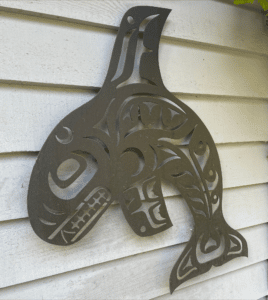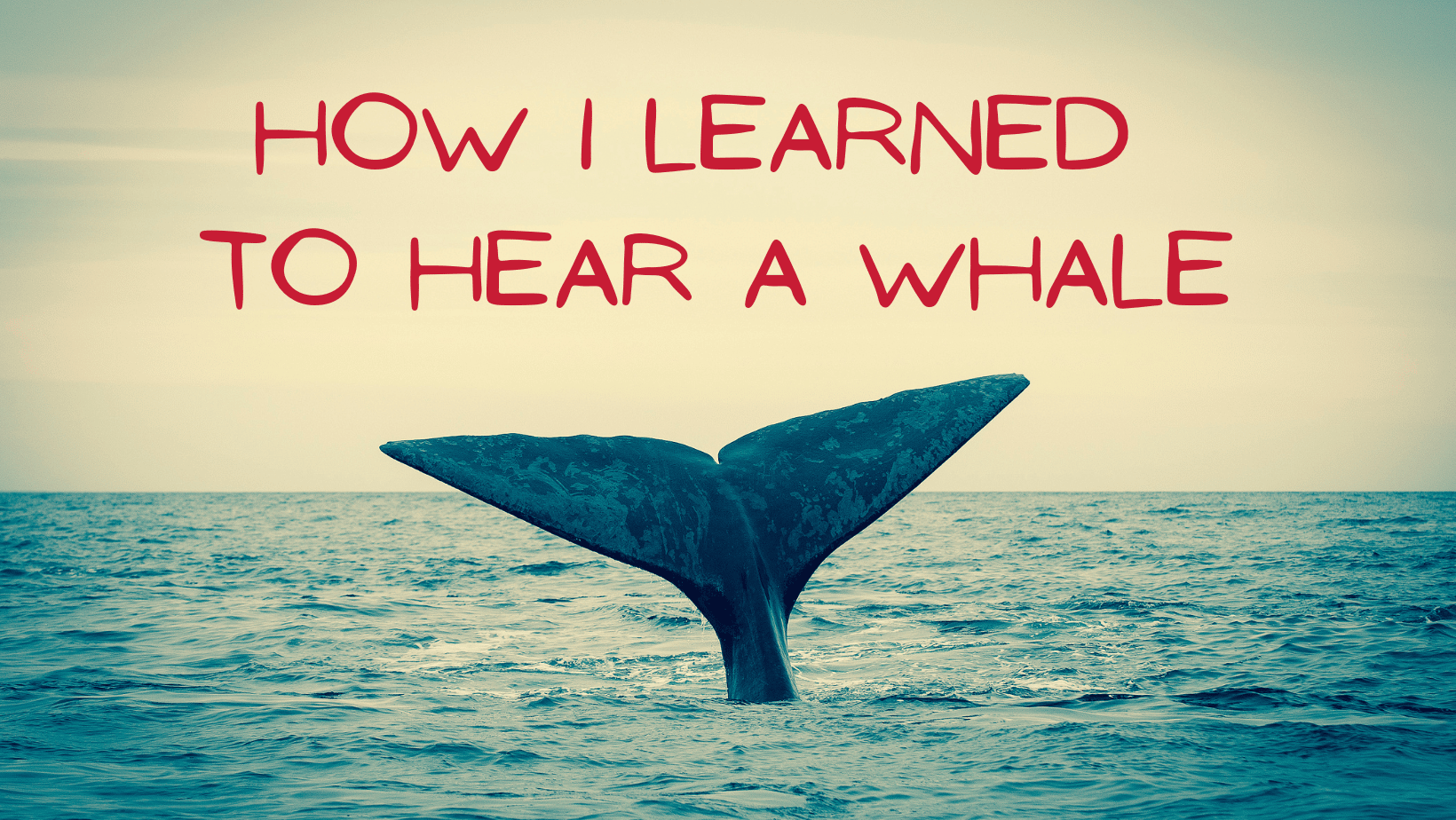With hearing loss, a person may perceive sounds as distorted or too soft to make sense of, and of course they may not hear them at all. ‘Hearing’ people may have difficulty grasping this because when a sound happens, they hear it.
They can’t help it – it’s a human superpower they take for granted. And get this: not only do they hear it, but they can also (usually) tell you what the sound is and where it’s coming from! They can tell you if the sound is loud or if – and this never gets old for me – they can barely hear it but they do!
Take the sound of breathing, for example. During a recent appointment with my cochlear implant/tinnitus audiologist, we were mapping levels for my new sound processor.
Audiologist: Gael, I need you to breathe.
Me: I am breathing.
Audiologist: No, you’re not.
Me: How can you tell?
Audiologist: Because I can hear you not breathing.
Me: (Is she showing off?!) Maybe because I’m concentrating so hard on hearing those darn double-beeps through all the noise in my head! If I could see the beeps at the same time, it would be easier. But ooh nooo, it must be hearing only. OK, fine – for you, I’ll breathe.
And then, from that point, I became aware of my breathing and seemed to hear every breath I took.
Familiarity with the sound and awareness that it might be happening, along with residual hearing and the supporting sense of vision, are key to identification – which brings me to how I learned to hear a whale.
I just returned from a week-long boat trip in Haida Gwai, the ancestral home of the Haida people and World Heritage site on Canada’s west coast. It was a spectacular and life-changing experience for many reasons, one of which was whales.

Haida whale art on Gael’s house
We spent hours with eyes glued to the water around us, searching and listening for the telltale blows and sounds of surfacing humpbacks, fin whales and orcas. At first, as the only person with severe hearing loss on the boat, I could only see them, with their high spouting, gleaming backs and flukes (tailfins) as they crested the surface and then dove again.
But I couldn’t hear them. The others, including the Hearing Husband, had a head start in locating them, because they could hear the haunting, moaning whale song a second or two before they surfaced. I had to be alerted to where they were coming up and I often missed them, leaving only rippled water surface as evidence.
Then it happened! In an exquisite moment when sight and sound meshed, I realized I was hearing the whale song – but hadn’t differentiated it from other sounds, such as the boat noise or especially my tinnitus head noise. But when I was assisted in associating the sound with the whale – which was actually quite loud and ‘hearable” by my hearing aid and cochlear implant – from then on, I was able to enjoy the humpback’s unique, beautiful announcement! If it was out of my line of vision, I could count on five excited arms pointing it out. “There it is!”
And that’s the way it works. Once I know a sound, once I’ve identified it distinctly from other sounds, it’s easier to hear going forward. With my upgraded cochlear implant sound processor, I’m hearing more house sounds but I confuse the air coming through the vents, for example, with other mechanical, airy sounds – because I can’t see it.
Electronic hearing is not a perfect science, but my hearing and my vision work in tandem to do their best. Each performs better when coupled with the other. And the clincher is when my brain chimes in to tell me that hey, you know this sound! It’s the complicated but achievable aural rehab superpower of many
people with hearing loss – know, be aware, hear, see and practice, practice, practice.








So glad you heard that spectacular sound from our whale friends!!!
Awesome!!!! So true that identifying sounds helps us differentiate and hear 🙂 Thanks for summing it up so perfectly!
I got my implant in March 2021, and it was activated in April. One day, probably last summer, I turned to my wife and told her that I could hear the birds outside. She was appropriately impressed. I said to her what is more impressive is that I know they are birds.
I never knew what whales sound like when they communicate with one another until I got an app called Sleep Sounds with nearly 100 sounds, including the sound of Whales. I play the sounds to divert my attention from tinnitus and to more easily fall asleep. At first, whale sounds were very effective but after a while my tinnitus acclimated and starting responding to the whale calls! Finally, I gave up on whale sounds and returned to Thunderstorms and Ocean Waves!
Just a perfect piece! So vividly describes aural rehab superpowers at work in the wild. So happy you got to experience this… Thank you for sharing it!